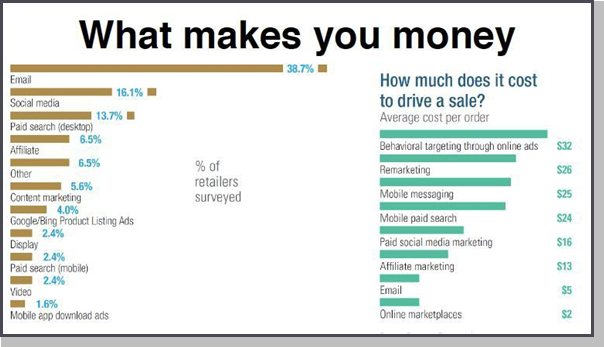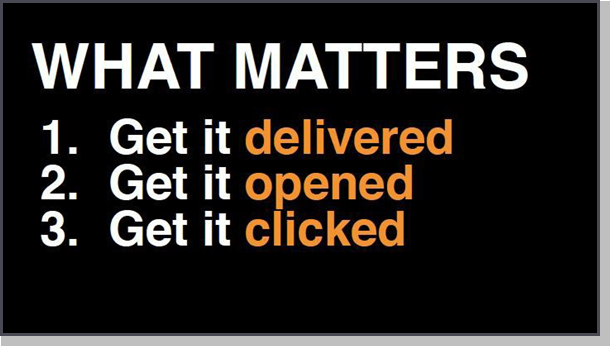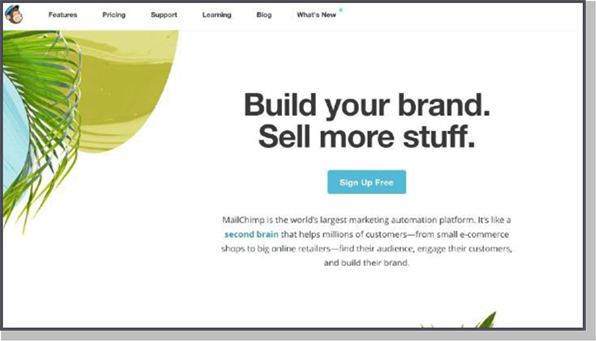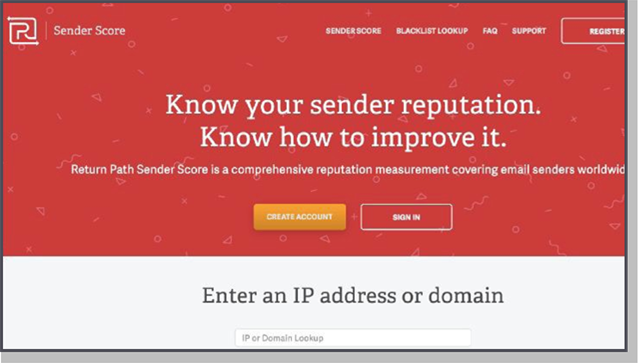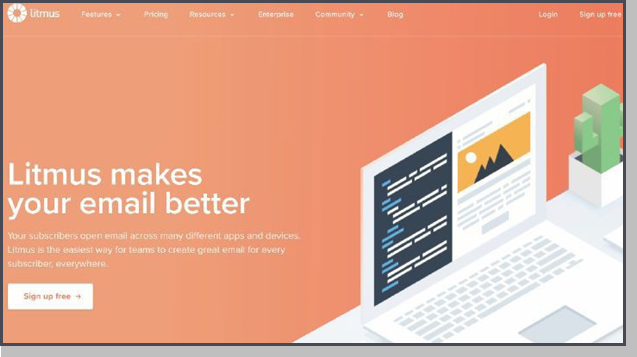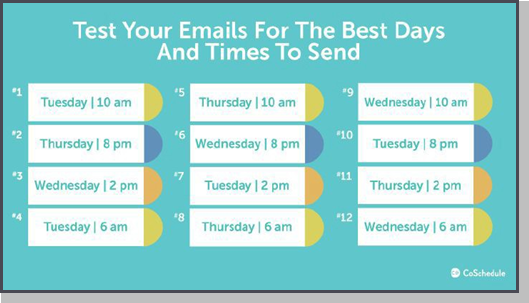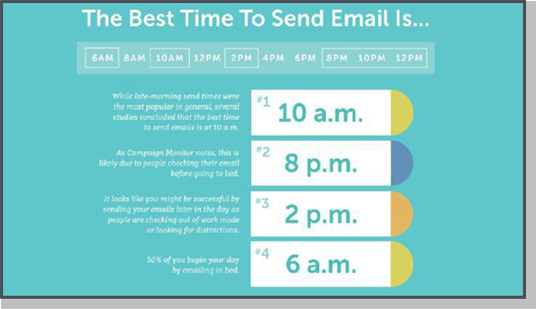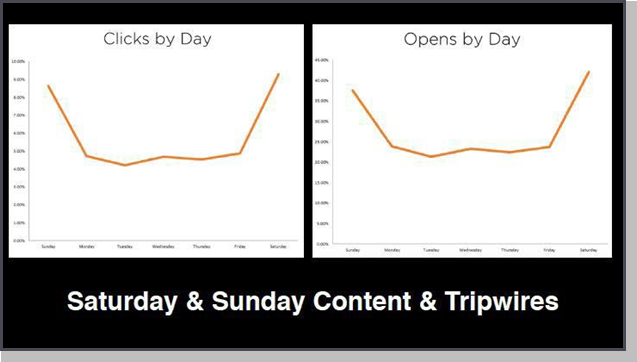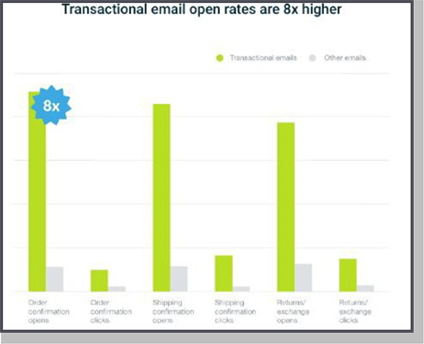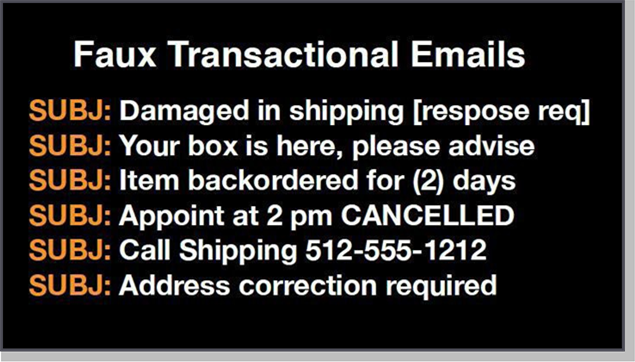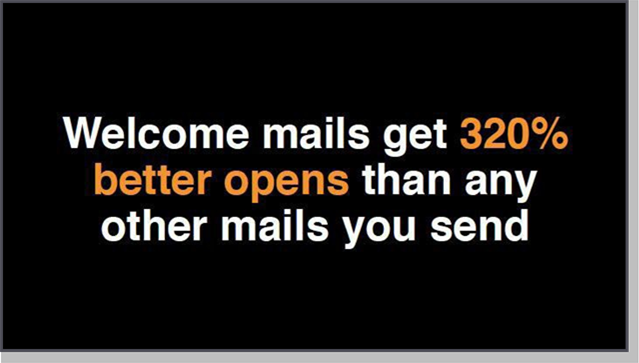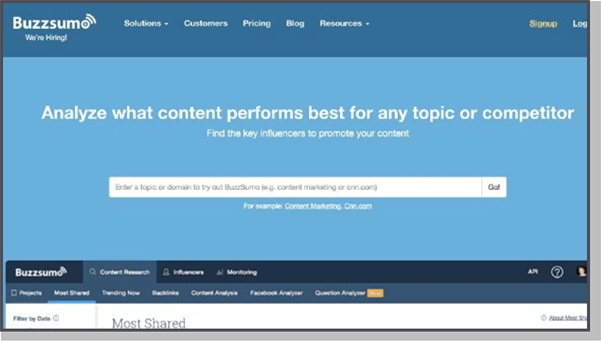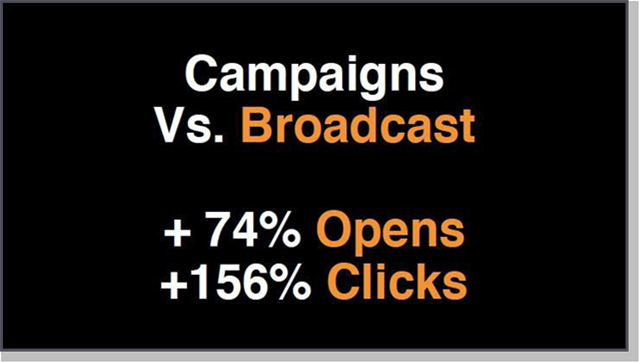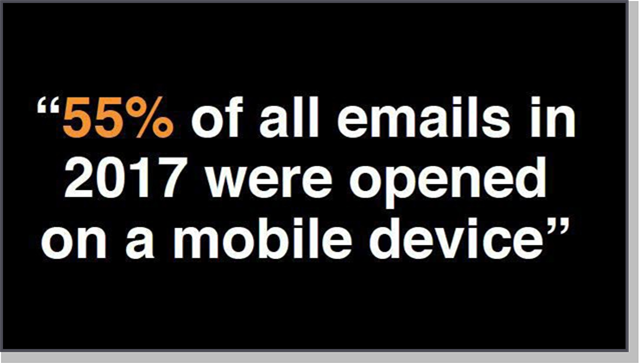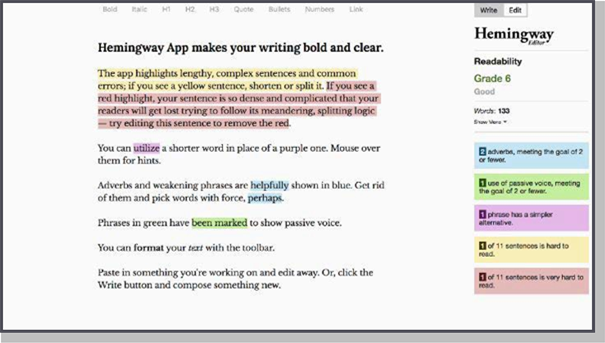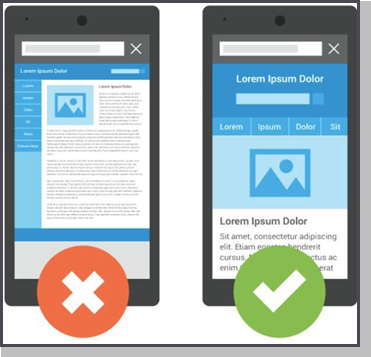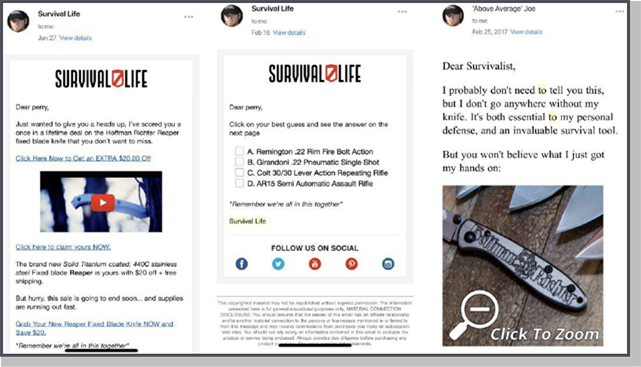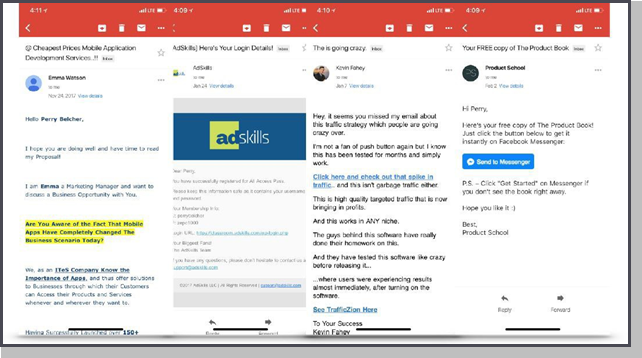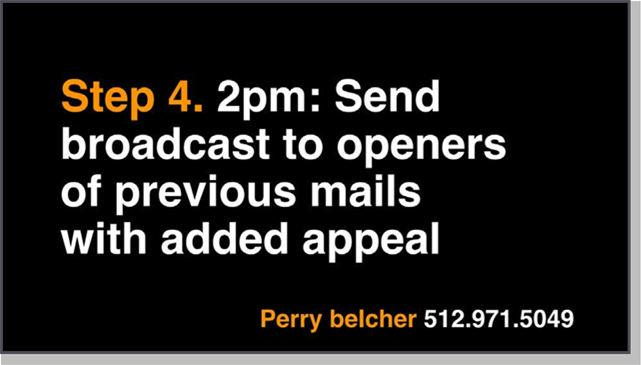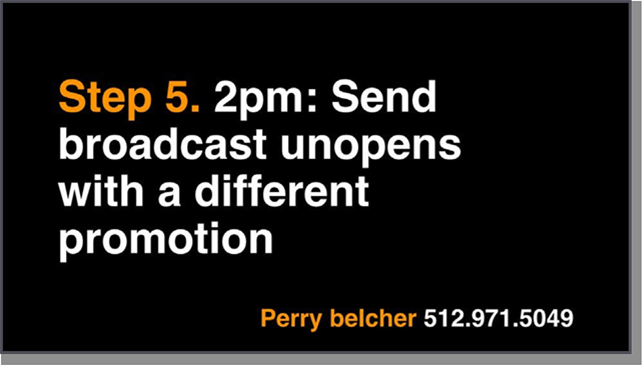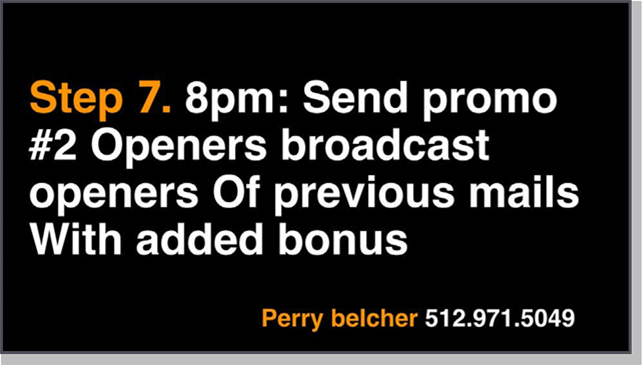Perry Belcher
Perry Belcher is an SEO expert, business marketing consultant, investor, importer, copywriter, internet entrepreneur, and Co-owner of DigitalMarketer. Perry specializes in all aspects of online marketing, and brings decades of startup company and investing experience that the experts can learn from.
Email marketing is one of the most powerful marketing tools available to businesses and agencies today. By understanding the fundamentals of email marketing and following this 7 step formula, you can double your open rates and email revenues, while getting a 400% increase in ROI on your email. All it takes is a little creativity and some elbow grease.
Email is Hard
The first thing you need to know about email is that it’s hard. A lot of people in performance marketing have stopped attempting to email their people because every time they do they get shut down by spam filters
and ESPs. If this is happening to you, don’t get discouraged. By following a couple of rules, which we’ll go over, you can email people as many times and for as long as you want.
Email, by far, drives the vast majority of nearly every company’s revenue. It’s the number one economic driver and the least expensive marketing tool out there.
Email is one of the biggest levers in your whole business and it starts very early on. To compare email to other marketing techniques, you can see that radio averages a 2:1 ROI for most people, online media 3:1, direct mail 5:1. Email has a 39:1 ROI, which is exactly why you should start focusing your marketing efforts on email if you’re not already. Getting good at email can help make or break your business.
How do you get good at email? When it comes to email there are really only three major things you need to focus on—getting it delivered, getting it open, and getting it clicked.
- Get it delivered.
Getting your email delivered is the first, and probably the most crucial step, to email marketing. A lot of people don’t think about this part of email
and think that the email service provider is the one who takes care of the delivering aspect. In reality, you have to work on getting your emails actually delivered to people’s mailboxes so that they are seen and clicked on instead of ending up in spam folders. Below are the things you need to focus on in order to get your emails delivered.
Platform
The number one part of getting your emails delivered is the platform you’re using. Having a solid platform that makes creating and sending emails simple is going to be a game changer. If you’re on a fairly low budget, MailChimp is a great tool to invest in. Their deliverability is top of the line and the platform is great for just starting out with your email marketing or testing to get some baseline analytics for your email campaigns
Some other great platforms include Drip, Sponsored Air, and Maropost. If you want to play around with platforms or find some work better for certain aspects of your campaigns than others, it’s a good idea to have more than one platform.
Reputation
Another very important aspect with it comes to getting your emails delivered is your reputation. Your IP addresses that you mail from have a reputation, very much like a credit score. You have something called a
Sender Score, which is essentially a reputation score. If you start a brand new account ,you won’t have a great reputation score, which is the reason delivery is hard at the beginning of an account. When you start a brand new account, it’s like going out to buy a car. You don’t have bad credit, you just don’t have any credit, so you’re probably not going to be able to get a car loan. You’re probably not going to be able to get deliverability right away on a new IP address. On a shared IP, like MailChimp, you can, because they’re sharing IPs with multiple other senders in a rotation.
In order to find your Sender Score, you can easily to go SenderScore.com. You can go in here, enter your domain or your IP address and it will give you a score based on your reputation. It will tell you what your reputation is.
If you’re a business who runs mostly on emails with multiple IP addresses, it’s important to monitor this every day, sometimes multiple times in a day. When it comes to Sender Scores you should be aiming for 90 or over, which is good. If you’re under 90, you probably have issues. Anything above 95
is going to get great deliverability which is what you’re looking for in a
reputation score.
If you’re starting out with a low score, how do you go about increasing your
reputation? The secret is right here:
Quarter in the jar, quarter out of the jar.
It’s a falsehood that sending too much email is bad. Most companies should be sending emails twice a day every day. You could be mailing a piece of content or a piece of goodwill every day, and then mail a promotion every day. The reason most CPA and the performance marketers have a hard time with emailing is because they don’t want to put forward content.
You Have to Have Good Content.
Just sending out a lot of content by itself isn’t going to get you a higher
ROI, the content has to be something people actually want to read. Borrowing content and repurposing it is one of the best ways to make your emails interesting and current. You don’t necessarily have to create
it all, but you do have to send goodwill. Goodwill can be a video, it can be an article, it can be a survey, a result, a quiz, or even a game. It can be all sorts of things, but it just can’t be a promotion. You should never try to mixing content and promotion together. Content is content, promotion is a promotion. Try to separate them up as much as you can. This is a great way to get your reputation score back up.
Formatting
Formatting is really important because just like Google is with formatting of a website, Gmail or Yahoo is with formatting of an email. They want emails to be fast to load because they don’t want to put a lot of load on their system. When you send emails that have a bunch of poor code in them,
it taxes their systems and makes them work harder. This, in turn, makes the experience for their user poorer. Who is the user going to blame this poor
experience on? They’re going to blame it on the platforms like Gmail or Yahoo. This is why they really insist that you have a good experience, a good mobile responsive experience, and proper formatting. Really taking the time to focus on the formatting of your emails can help get them delivered easier.
Most people are worried when it comes to formatting of their emails because they think it involves a lot of coding or HTML. In reality, you can just use a tool called Litmus to take care of all of that for you. Most larger companies are using Litmus to format their emails. In addition to
formatting, Litmus also has a lot of other useful tools like send monitoring.
Send From Multiple Fields
If you want to increase your reputation and your open rates, try sending your emails from multiple fields. Having more places that the mail comes from makes your messages more likely to be delivered and not end up in the spam folder.
For example, take the political campaigns of last year and the email campaigns for the presidential election. When it came to Hillary Clinton’s email campaign, her emails came from several different people, including
Barack Obama and Michelle Obama. The best email marketers in the world are working on these campaigns, and they know that their messages are more likely to be delivered and opened if they use multiple different senders.
Screening
When it comes to deliverability of your emails, monitoring and screening them is important. By using tools like MailMonitor.com, you can see what your deliverability rate is. What they’ll do is give you seed addresses to put in your list and then they’ll tell you where you’re getting deliverability.
Some of the other platforms have a feature like this that are built into them, but they can’t always be trusted. Using a third-party monitoring tool is the best way to find out exactly where the problem with your deliverability is coming from.
Testing
You should already be sending your emails out to 10% of your list before you send them to everybody else to test and make sure that they’re getting delivered and are optimized. When you send out an email in the morning,
you should go back and monitor right away to find out where it went to, who got it, and who didn’t. If you know right away that only 23% of your AOL is going through, you know that platform has problem with AOL today. From there you can go send out the rest of your campaign on a platform that has a better AOL send. Testing can be a little bit more work, but it really matters in the long run.
- Get it opened.
Getting your email opened is the second most important part of email marketing after getting it delivered. How do you get your email opened? There are a few things you can focus on, including timing, transaction, news, and curiosity that can help you get your open rates up.
Timing
There are certain times and days that are better for sending emails than others. Knowing is half the battle when it comes to timing.
Here are the very best times of the week along with the very best days of the week in a combination from studies done by CoSchedule. So when you get the times a day and the days of the week together, you tend to really have a successful formula. So these are the 12 best times a week to mail your list, giving you an opportunity to mail twice almost every day.
If you’re sending an email every day, two times a day, you could send an email on Tuesday, a bonus on Wednesday, and a closer on Thursday. That is generally seen as the most successful model. You have to be careful you’re doing one day promotions because these days listed above are the best days for getting money from your list. If you do a test campaign and see that your open rate is not that great on a Tuesday, you still need to be paying attention to what days your money is flowing in. Because the EPCs, or Earnings Per Click, are not as essential as you may think.
The earnings per click don’t matter. The earnings per subscriber matter.
How much money are you making per subscriber that you’re mailing to? The earnings per click don’t matter, because you can get a $10 earning per click, but what if only 1% of your people are clicking? That’s not a winning campaign. Your metric is how much money are you making per subscriber on that list at a time. So when you look at how Tuesdays, Wednesdays, and Thursdays deliver the highest dollars per subscriber, they do not deliver the highest clicks or the highest opens, typically.
Saturdays and Sundays get the highest clicks and the highest opens in most cases, but they’re also the poorest days to attract buyers. The weekend is going to be your poorest revenue days. If you’re into golf or something that’s a weekend activity, that may not be true. Like with a lot of our outdoor stuff, weekends do very well for those companies monetarily. But for everyone else, the weekends are typically not the best time to focus your campaigns.
Tripwires
One way you can get around the weekend sludge is by sending out tripwires and small tripwire offers. Tripwires tap into people’s impulses. If someone is sitting on their phone at the car wash on a Saturday, they’re most likely not going to drop $1,500 buying something, but they probably will spend $5 to subscribe to an opt-in, or even download an e-book. Using tripwires to push your
campaigns on slow revenue days like the weekends is a good strategy and
definitely something worth testing.
Transactional Email
Transactional emails are opened eight times more than regular email. What is a transactional email? It’s a thank you, a receipt, a confirmation, or even a shipping confirmation. Anything that has to do with a transaction, whether it’s tracking your order or a follow up on how their purchase went. People click transactional emails more than any other emails because it involves something they ordered, they cared about, and that they paid for.
Along with sending out transactional emails, there is also a trend of sending faux transactional emails. For example, sending out an email that says, “Where Should I Ship your Blank?” or whatever it is that you’re was selling that day, is an excellent way to get people to open your email. Below is a list of faux transactional emails that you can use to get more people to open your messages. Whether it’s Address Correction Required, Your Package Has Arrived, or Item Backordered, these subject lines will peak the curiosity of your customers and get you opens.
Welcome Mail
Welcome mails get 320% better opens than any other mails that you send. Not as good as transactional, but welcome mails get a lot of opens.
On day zero, or the day the transaction happens, or the day a customer opts in, you get about a 38% open rate. The next day it’s 25%, which means that you just lost a third of those original customers opening on the first day compared to the second. By the time four days rolls around, your customers don’t care anymore about your emails or your business. Which is why it’s important for you to hit your customers fast and hard. Don’t wait around trying to warm them up for three or four days.
News
Transactional are the emails with the highest open rates, followed closely by welcome emails and then news. News could mean a lot of things, but specifically we’re talking about current events. Learn to spin your emails to current events, because nothing will get opened better than an email spun to a current event. In order to do that, you can use Google News, which is simple to use. Make sure you know your audience, and post current events that are skewed toward their political beliefs and leanings.
Set up a few Google alerts in your field and you’ll never have a blank slate. When you sit down in the morning and say, “I don’t know what I’m going to write today,” you can instantly turn to your Google alerts and find a large variety of topics to fill your emails. All you have to do is pick a big story
and enter the conversation that’s already going on inside the client’s mind. Some other good tools for finding relevant news is looking to see what’s trending on the right side of your Facebook News Feed, monitoring Twitter, Pop URLs and Buzz Sumo.
Curiosity
Curiosity killed the cat and got people to click. By having enticing, strange, and out of the ordinary headlines you are going to get people to pause, reconsider what they just read and ultimately open your email.
BuzzSumo is a great tool, much like for gathering news, for finding cool and weird stories. You can look in BuzzSumo for the top stories with a specific keyword in them over the last year. There are certain things that make headlines work better, like putting the world quiz or video in them. As you learn and do more of these types of stories, eventually you’ll be able to put your own spin on it and your own copy in there.
Less Broadcasts and More Campaigns
We all broadcast, we don’t campaign. Campaign mails get 74% more opens and 156% more clicks. On average days, Campaign Monitor can give you much higher deliverability. The reason is you don’t have five million people getting the same message every day. Depending on when they came in, everyone on the list is getting a different message today. So you’re not hitting those ISPs with a billion emails that say exactly the same thing, which says what to an ISP that you are a spammer. If you’re sending out a million emails to AOL subscribers today, but they’re all different, you’re much less likely to get flagged as spam, and therefore have a higher deliverability and open rate.
- Get it Clicked.
You’ve got your thing delivered, you got it opened, now you’ve got to get them to actually click on the email because that’s where the money happens.
55% of all emails in 2017 were opened on a mobile device. If you’re not using a platform like Litmus to build your emails in what they call straight line code, you are going to lose. Google’s already penalizing websites that aren’t mobile friendly, they’re going to really punish email senders that aren’t mobile friendly.
Readability
This is important when it comes to getting people to click on your emails, especially in mobile. The size of the fonts matter. Try using 16-point fonts for all your emails, especially if you’re mailing to older people, to make sure that your text is easily readable to everyone. Big texts, big images, big headlines, and big buttons should be your priority, especially when it comes to mobile. If you do a good job on mobile, desktop’s going to be fine. If you only focus on doing a good job on desktop, mobile is not going to be fine.
If you use the Hemingway App, which costs around $20 for a lifetime purchase, it can help you really focus on your copy. It helps to cut down unnecessary words in your email text and make the entire thing more readable, while also checking for spelling and grammar mistakes. It’s worth your time to edit your email copy because once you’re left with the important pieces, the email will perform at least twice as well.
Some other tips for making sure your copy is optimized and performing at its best include:
- Optimizing for mobile
- All inline HTML
- Big action button
- Full width of the screen
- Green and orange are the best colors
- Make sure your call-to-action button is above the fold
Examples
Here are some examples of excellent email copy and design.
7 Step Formula
Here is a bullet-proof 7 step formula to help you double your open rates and triple click-through rates, while improving list health and inbox deliverability.
If you’re not sure exactly what you should do after reading this, follow these 7 steps to get started bettering your email campaigns.
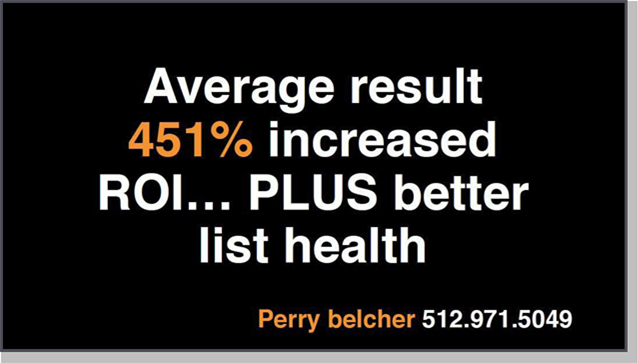
By focusing your email efforts on engagement, tripwires, timing, and the quality of your content along with all of the other tricks and tips in this article, it’s completely reasonable to expect your ROI to double in your next campaign.

